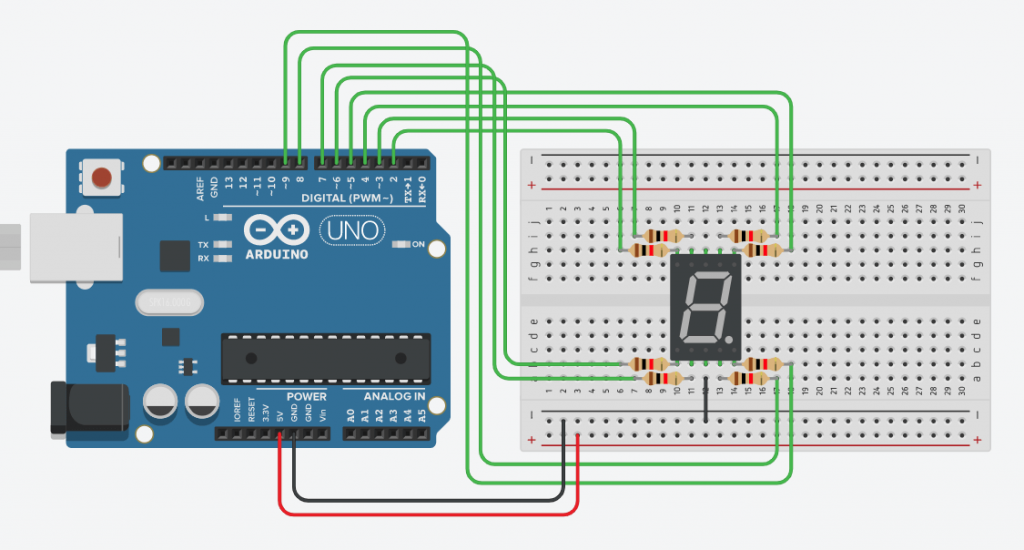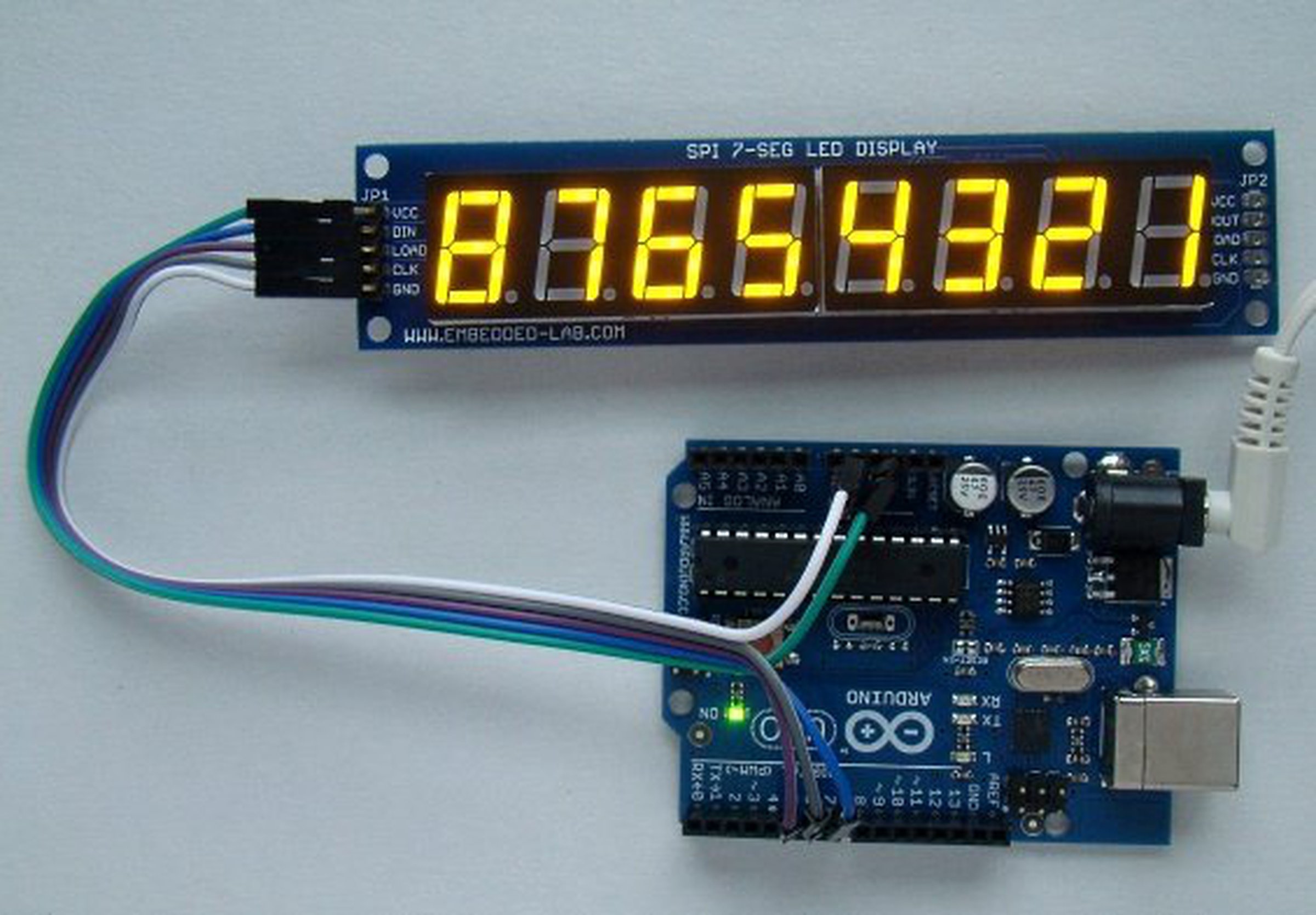

Wiring diagram - WiFi thermostat -ESP8266 (NodeMCU, Wemos D1 Mini): Connected WiFi thermostat - development kit NodeMCU v3 Lolin v with sensor DS18B20 on OneWire bus aarp car rental budget aston martin rapide for sale.
SERIAL 7 SEGMENT DISPLAY ARDUINO 32 BIT
The esp8266ex chip that the d1 board uses offers 80mhz 32 bit cpu, 4mb flash memory, 96kb of data ram, and wifi interface and other interfaces. Das Board lässt sich mit Arduino IDE In stock Wemos S2 Pico V1. El módulo D1 mini ESP32 es el susesor del D1 mini con el ESP8266 sus pines son compatibles con todos los módulos diseñados para el d1 mini ESP8266 y se le incorporan todas las mejoras adicionales propias del potente ESP32. 0 LOLIN USB-C 4MB Flash 2MB RAM ESP32-S2 SALE Developer J8F2 - £8. BY-XM6 Mini is an advanced and versatile 2. based ESP32-C3 WIFI & Bluetooth LE RISC-V Single-Core CPU. Rubber Ducky USB Type-C Female (ESP32 S2 Mini Clone w/ CircuitPython installed) Wemos S2 Mini V1.
SERIAL 7 SEGMENT DISPLAY ARDUINO SERIAL
Code Max7219 8×8 LED matrix example The MAX7219 /MAX7221 are compact, serial input/output common-cathode display drivers that interface microprocessors (µPs) to 7-segment numeric LED displays of up to 8 digits, bar-graph displays, or 64 individual LEDs. 2V) Micro USB (Port 2) Charging port (normal 5V) Green LED. The process supports design scales of 300 devices or 1000 pads. Download files and build them with your 3D printer, laser cutter, or CNC. And instead of toggling a SS pin, we use Wire.beginTransmission(address) and Wire.endTransmission().Wemos s2 mini. Now SPI.transfer()s from the last example are replaced with Wire.write()s. The six lowest bits in the decimals parameter sets a decimal Turn on any, none, or all of the decimals.

Wire.write(value) // brightness data byte Wire.write(0x7A) // Set brightness command byte This will output the tempString to the S7S The %4d option creates a 4-digit integer. Magical sprintf creates a string for us to send to the s7s. Clear the display before jumping into loop Flash brightness values at the beginning SetDecimalsI2C(0b111111) // Turn on all decimals, colon, apos The I2C.write function only allows sending of a single Custom function to send four bytes via I2C Clear the display, and then turn on all segments and decimalsĬlearDisplayI2C() // Clears display, resets cursor Wire.begin() // Initialize hardware I2C pins Unsigned int counter = 9900 // This variable will count up to 65kĬhar tempString // Will be used with sprintf to create strings Here we'll define the I2C address of our S7S. #include // Include the Arduino SPI library I2CĬommunication is closed with Wire.endTransmission(). Where address is the 7-bit address of the device set to There are example functions for setting the display'sīrightness, decimals, clearing the display, and sending aĮach I2C transfer begins with a Wire.beginTransmission(address) Library to interface with a Serial 7-Segment Display. This example code shows how you could use the Arduino Wire The functionality is comparable to the last couple of example sketches: language:c Here's some example code, using I 2C (download here). Should be useful if you're making a national debt clock! Thanks to I 2C's addressing scheme, you could chain a large-ish number of Serial 7-Segment displays using just these two I 2C pins. These are useful if you want to link many S7S's together on a single I 2C bus. You may have noticed I 2C pins (as well as power pins) exist on both sides of the S7S.


They should still be there, on pins A4 and A5 respectively. Older Arduinos may not have the devoted SDA and SCL pins. There's not any give in this pin configuration you'll have to use the hardware I 2C pins.


 0 kommentar(er)
0 kommentar(er)
